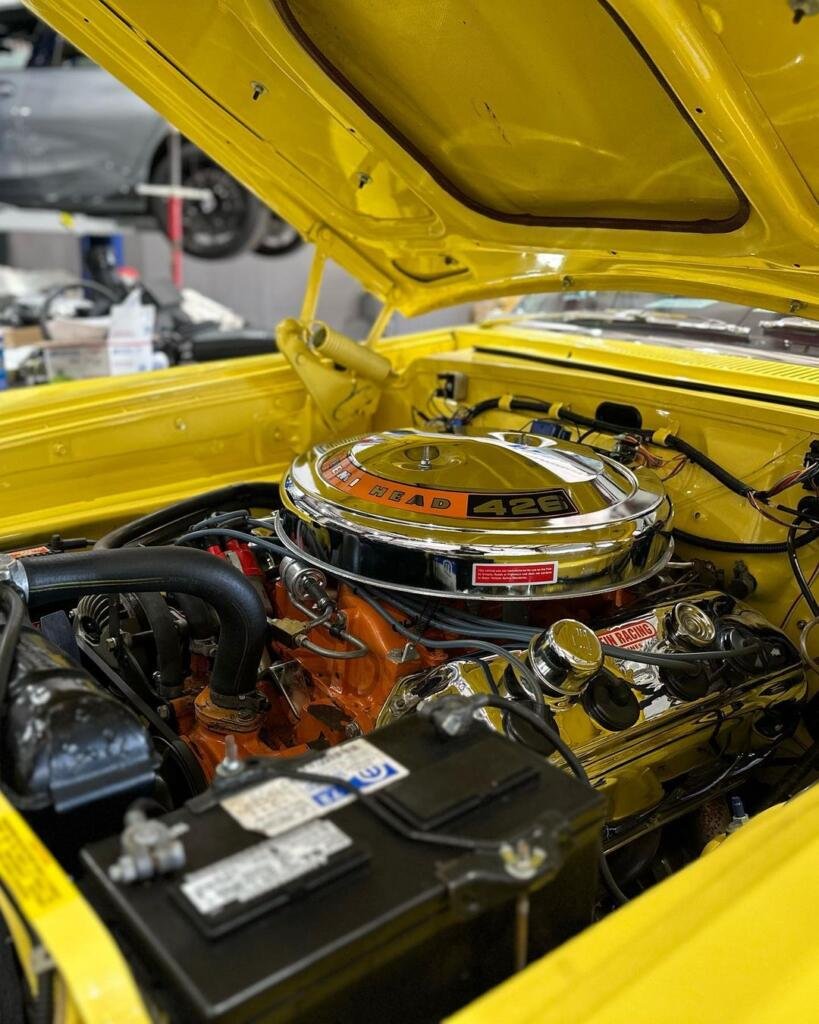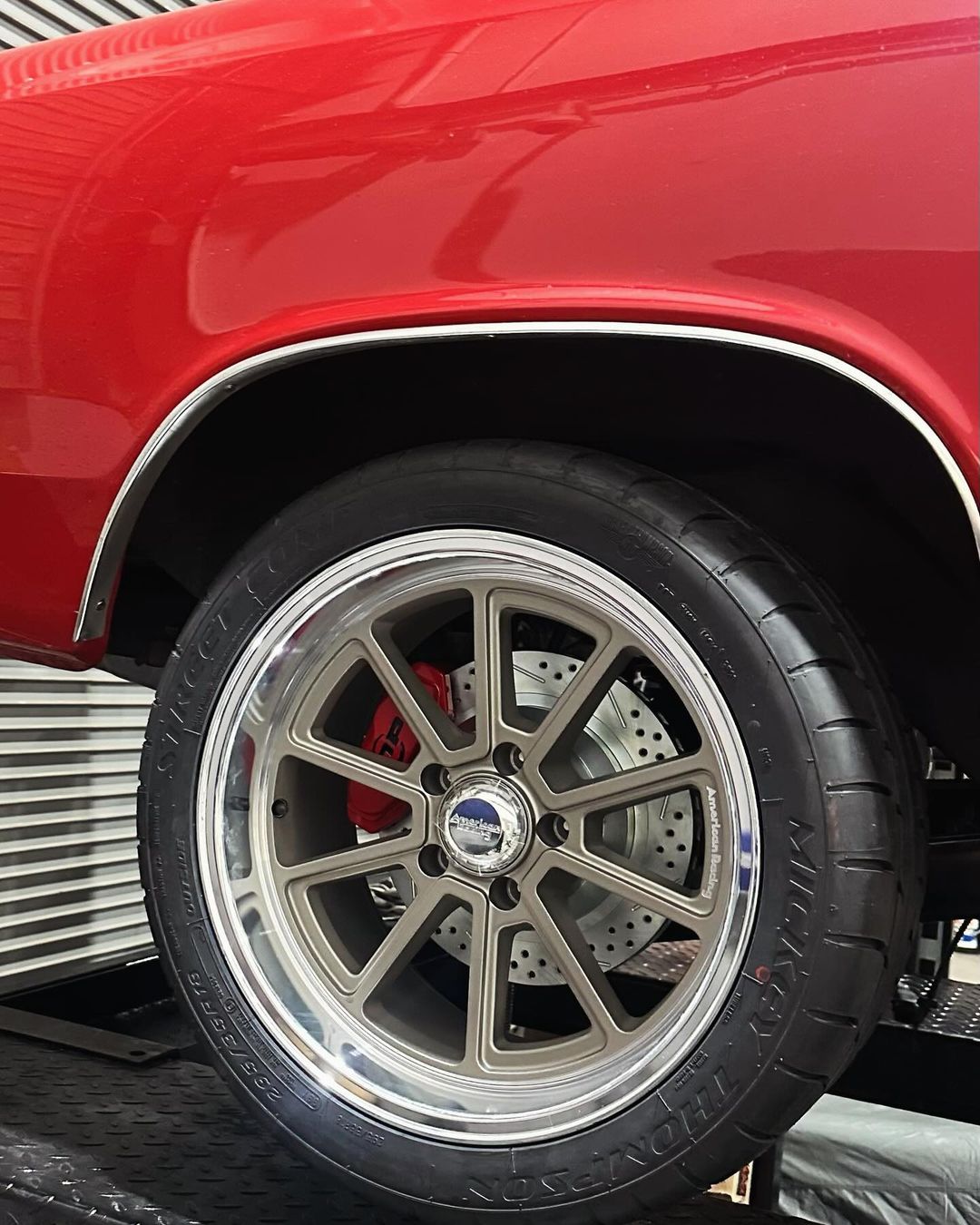When it comes to automotive safety, one component stands out as the unsung hero – brakes. Often overlooked until they’re needed, brakes are the vital element that ensures our vehicles can stop efficiently and safely. In this article, we’ll delve into the significance of brakes, exploring their evolution, key components, maintenance tips, and why they’re indispensable for every journey.
Evolution of Brakes: The history of brakes dates back to the earliest days of transportation. From simple wooden blocks used by horse-drawn carriages to the sophisticated disc and drum systems in modern automobiles, brakes have undergone a remarkable evolution. Advancements such as hydraulic systems, anti-lock braking systems (ABS), and electronic stability control (ESC) have revolutionized braking technology, enhancing both performance and safety.
Key Components: Understanding the anatomy of brakes is crucial for appreciating their function. In a typical disc brake system, key components include the brake caliper, brake pads, rotor, and hydraulic system. When you press the brake pedal, hydraulic fluid is transferred to the caliper, causing the brake pads to clamp onto the rotor, creating friction and slowing down the vehicle. In drum brake systems, components like brake shoes, wheel cylinders, and drums work together to achieve the same result.
Importance of Maintenance: Regular maintenance is essential for preserving the effectiveness and longevity of brakes. Over time, brake pads wear down, reducing stopping power and increasing the risk of accidents. It’s crucial to inspect brakes periodically and replace worn-out components promptly. Additionally, brake fluid should be flushed and replaced according to the manufacturer’s recommendations to prevent brake fade and maintain optimal performance.
Safety First: The importance of brakes for safety cannot be overstated. Whether navigating busy city streets or cruising along the open highway, the ability to stop quickly and predictably is paramount. Faulty brakes can lead to catastrophic consequences, jeopardizing not only the driver’s safety but also that of passengers and other road users. By prioritizing regular inspections and maintenance, drivers can minimize the risk of brake-related accidents and ensure a safer driving experience for everyone.




